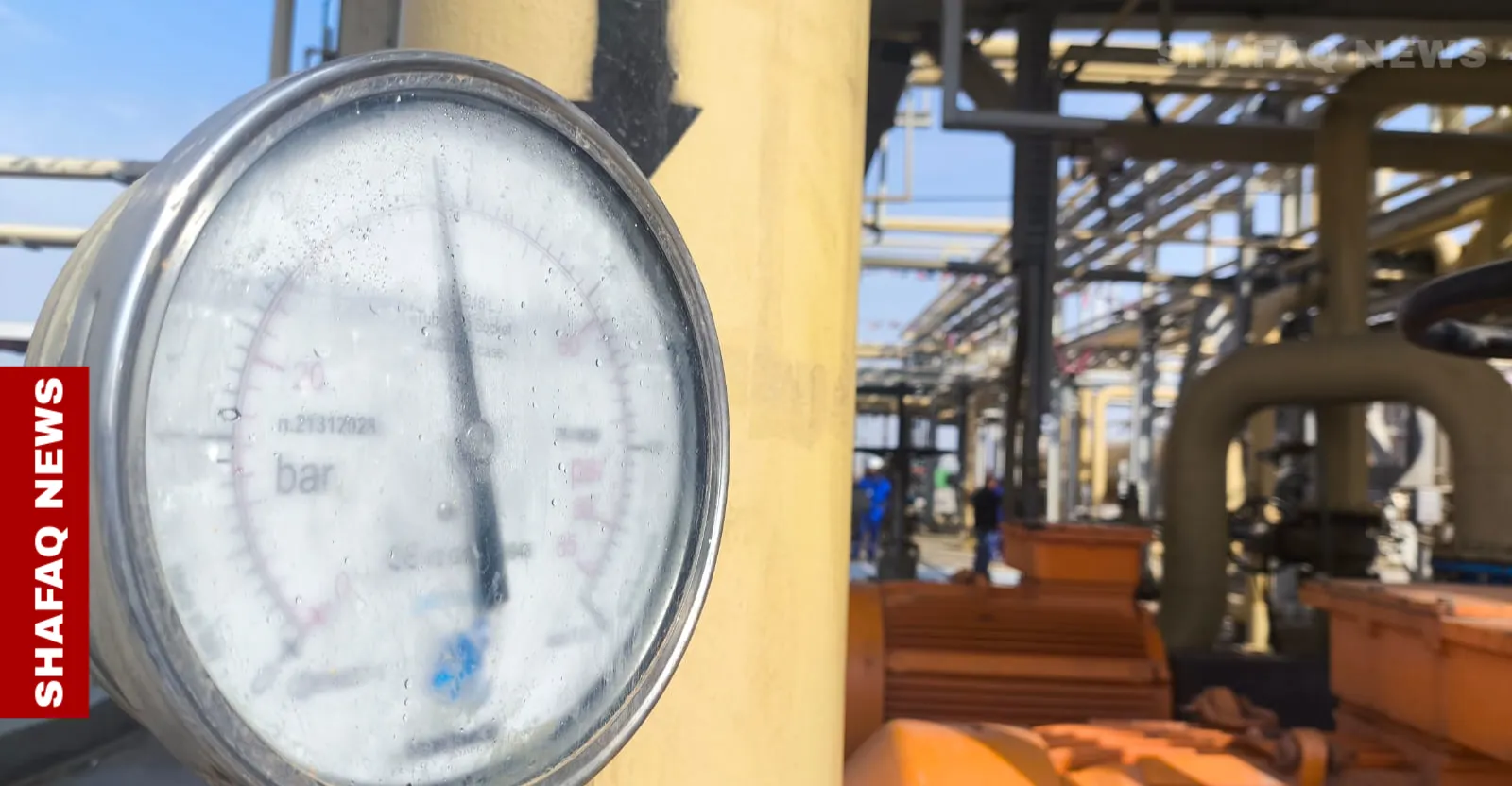Iraq generates over $48 billion in oil revenues in nine months and negotiates with OPEC.
 The State Oil Marketing Organization (SOMO) announced on Monday that Iraq’s oil exports during the first nine months of 2025 exceeded 900 million barrels, generating revenues exceeding $48 billion.
The State Oil Marketing Organization (SOMO) announced on Monday that Iraq’s oil exports during the first nine months of 2025 exceeded 900 million barrels, generating revenues exceeding $48 billion.
According to statistics reviewed by Shafaq News Agency, Iraq’s total oil exports during the period from January to September amounted to approximately 918,290,407 barrels, at a monthly average of 102,032,297 barrels.
SOMO explained that total exports from Basra and central fields via Basra ports amounted to 900,564,077 barrels, while exports from the Qayyarah field in Kirkuk amounted to approximately 7,099,154 barrels.
She added that oil exports from the modern Kirkuk depot to Jordan during the same period amounted to 1,866,194 barrels, indicating that Iraq has not exported crude oil to Jordan since last July.
Statistics show that financial revenues from exports for the months of March, April, May, June, July, August, and September amounted to approximately $48 billion, 821 million, 656 thousand, and 726 dollars.
In this context, Oil Minister Hayan Abdul Ghani announced that Iraq is negotiating the size of its OPEC quota within its available production capacity of 5.5 million barrels per day, stressing Baghdad’s commitment to its current quota of 4.4 million barrels per day despite possessing greater production capacity.
During an oil conference held on Monday, Abdul Ghani explained that Iraq’s total oil exports currently stand at 3.6 million barrels per day, noting that the fire that broke out on Sunday at the Zubair oil field in the south of the country did not affect exports.
He added that exports from the Kurdistan Region in northern Iraq currently amount to approximately 195,000 barrels per day, sometimes reaching as high as 200,000 barrels per day. He noted that oil pumping from Kirkuk to the Turkish port of Ceyhan resumed in late September after a two-and-a-half-year hiatus, with the first exports commencing in October.
It’s worth noting that Saudi Arabia, OPEC’s largest producer, had presented plans last April to implement further production cuts to compensate for oil production exceeding the agreed-upon quotas within the organization.
Shafaq.com
